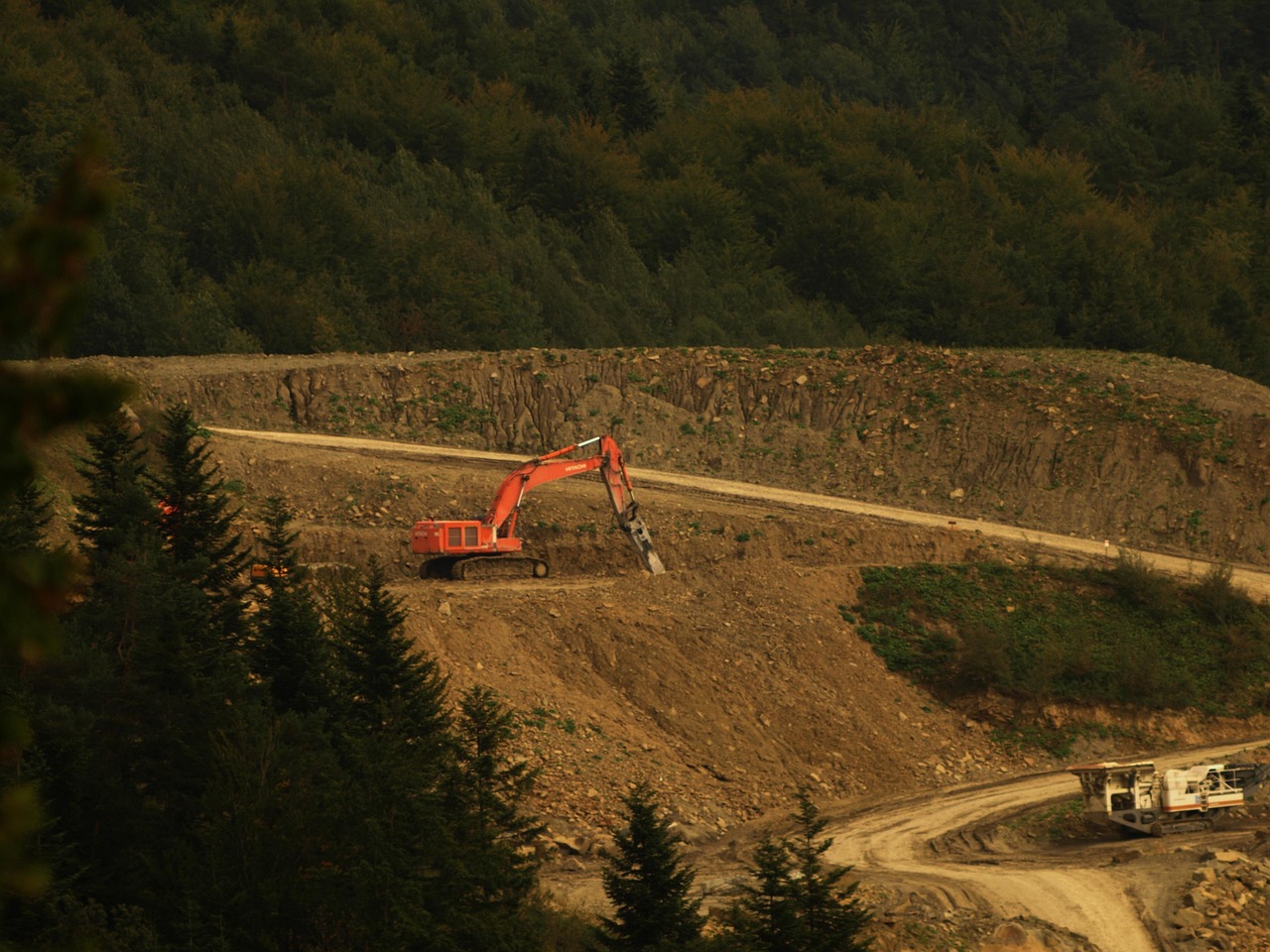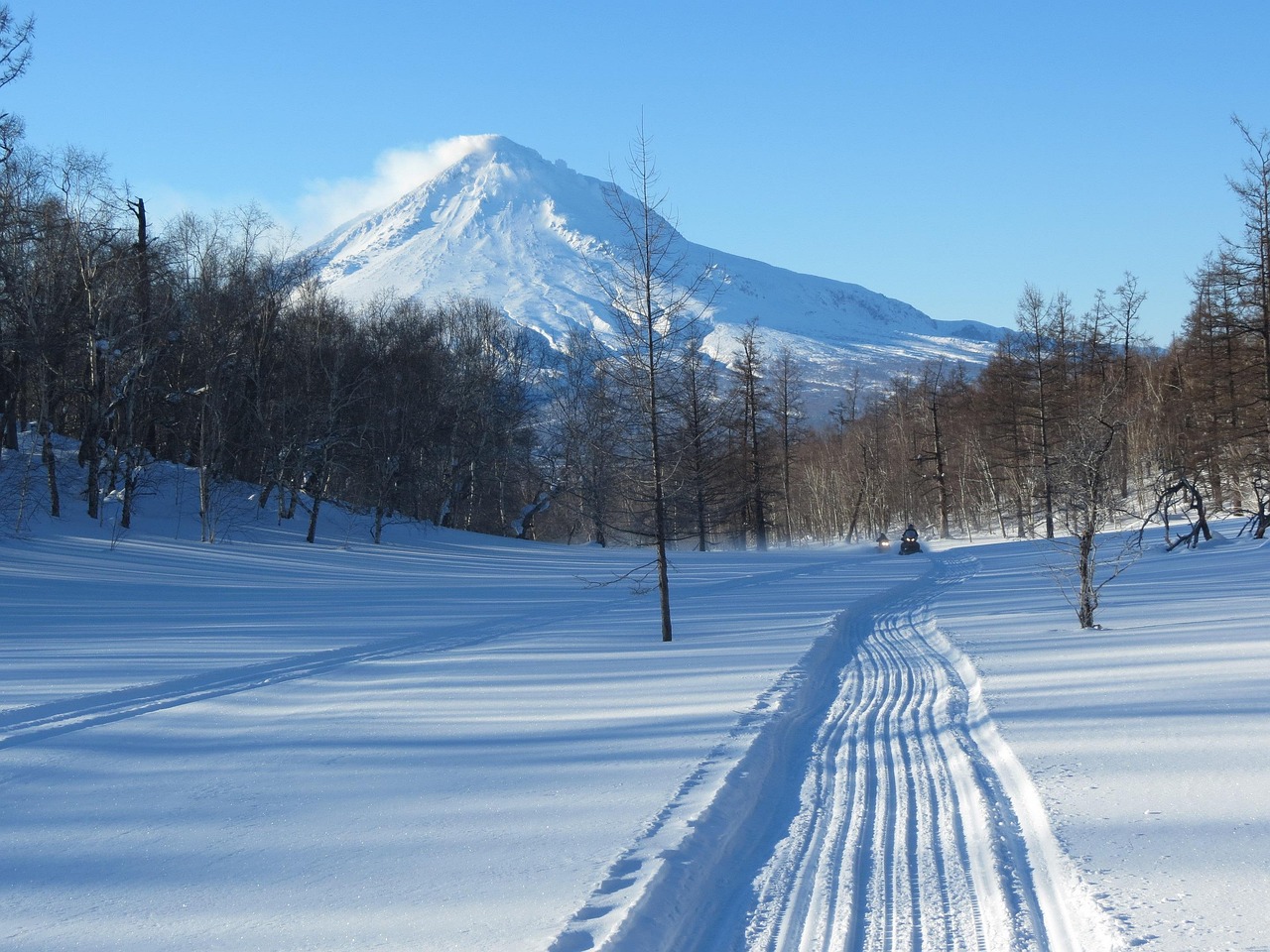Responsible Land Use and Mining Near the Boundary Waters
In 2017, a viewpoint published in the Duluth News Tribune by Nancy McReady explored how environmental protection and mining access could coexist near the Boundary Waters Canoe Area Wilderness (BWCAW). The article focused on land withdrawals, local government roles, and natural resource management in northeastern Minnesota.
Federal Land Withdrawal and Local Government Input
In late 2016, the federal government proposed a 20-year mineral withdrawal for over 400,000 acres near the BWCAW. This triggered a new environmental review that could last up to two years. Despite legal requirements under the National Environmental Policy Act (NEPA), the process excluded direct participation from state and county officials.
A public notice from the U.S. Department of the Interior listed an incorrect withdrawal date of “Jan. 21, 2017.” The date remained uncorrected at the time of publication.
Northern Minnesota’s Wetlands and Land Stewardship
Northeastern Minnesota holds about 75% of the state’s remaining wetlands. While Minnesota has lost roughly half of its original wetlands, northern counties have maintained much of theirs. In contrast, central Minnesota has seen 82% of its wetlands affected by invasive species. Southern and western regions have lost up to 95% due to drainage and agriculture.
These preserved wetlands play a critical role in maintaining the region’s high water quality.
Mining’s Role in Education Funding
Mining has long contributed to Minnesota’s economy. The Dunka Pit, located in the same watershed as the proposed withdrawal area, has operated under monitoring for over 40 years. No harm to the BWCAW has been recorded.
School Trust Lands, established to fund public education, now total 2.5 million acres—down from more than 8 million. About 92% of these lands lie in ten northern counties. Mining revenue from these areas continues to support Minnesota schools. Without it, funding from these lands would decline significantly.
Changes in Tourism and Recreation Access
Federal actions over several decades have restricted tourism-related activities in the BWCAW:
- The 1949 floatplane ban ended many remote resorts.
- The 1964 Wilderness Act led to the removal of additional resorts.
- The 1978 BWCAW Act introduced permit quotas that many resorts could not meet.
- Later policies banned snowmobiling and limited motorized towboats.
These changes aimed to preserve wilderness conditions while controlling human impact.
Managing Access Through Regulation
Regulations now shape how people visit the BWCAW. These include quotas, motor size limits, a ban on bottles and cans, and leave-no-trace practices. While designed to protect the area, these rules also reflect the evolving balance between conservation and access.
The original article suggested that the same regulatory approach could guide responsible mining.
Note: This summary presents perspectives from 2017 and references land use policies in effect or under discussion at that time. Current conditions or government practices may differ.



